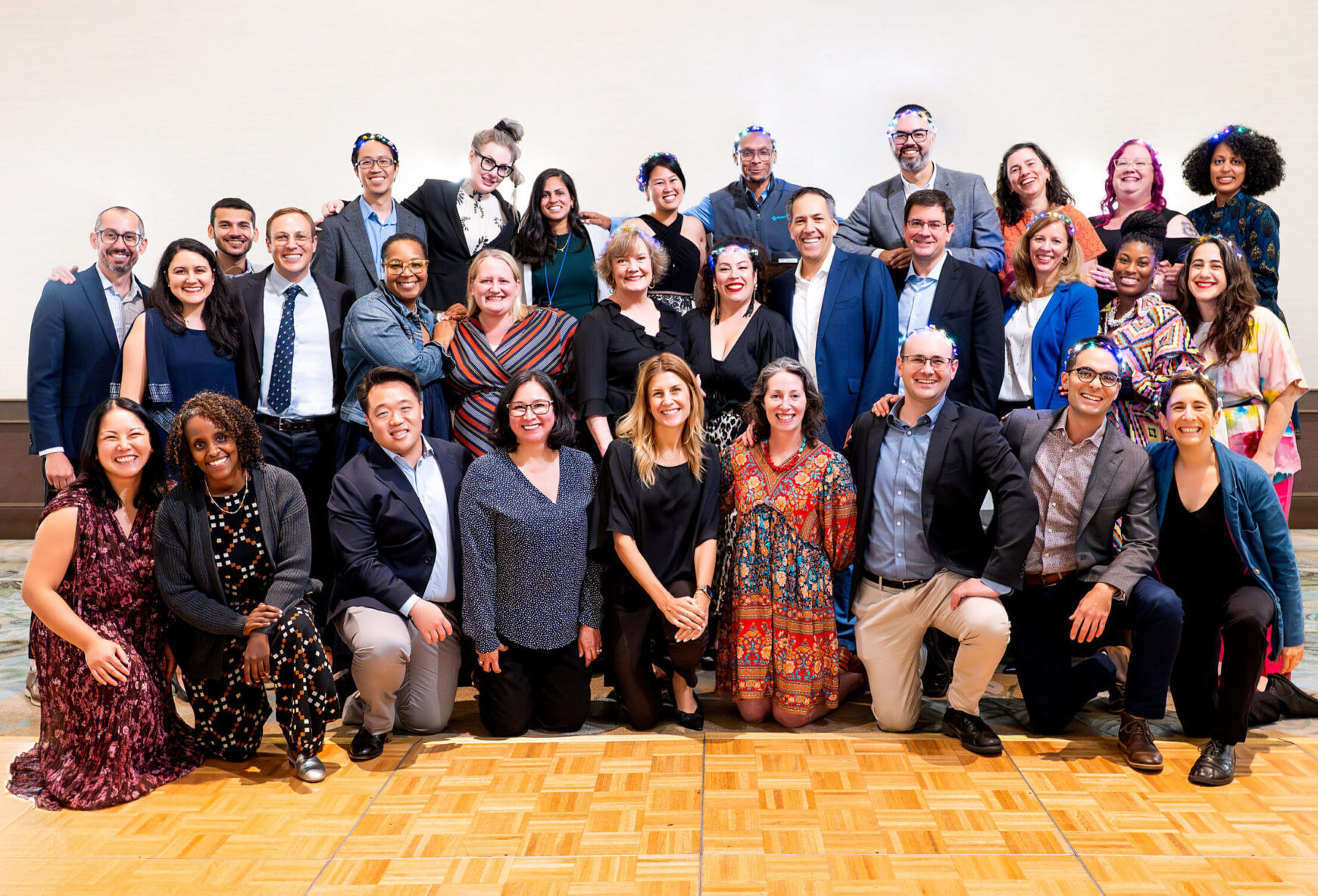Why Investing in Future Health Workers Matters
Californians agree — producing a new generation of health care workers as diverse as California itself is critical to building trust, improving health care experiences, and ultimately, improving health outcomes for families and entire communities.
But systemic inequalities in education, high training costs, and a lack of diverse mentors and advisers can keep many California students who come from underrepresented groups out of the health care workforce, or make it difficult for them to complete a degree or training program.
Investing in students from underrepresented communities with education and career pathway programs can help the state build the workforce California needs. Pathway programs — also known as pipeline programs — provide academic, financial, and social supports such as mentoring to students from underrepresented groups. Such support has proven especially important for Latino/x and Black students who lack access to higher educational opportunities.
Our Approach
CHCF is partnering with education and health care leaders to expand support for students from communities of color and from underserved geographies, such as the Central Coast and Rural North. This support includes:
- Identifying and highlighting mechanisms for reducing barriers to entering the health professions.
- Supporting specific populations of students, such as students from rural communities, and for high-priority disciplines underrepresented in advising and supporting services, such as behavioral health and midwifery.
- Strengthening pathway program scalability, sustainability, and impact.
- Increasing awareness of the importance of scholarships and tuition subsidies and ensuring all financial mechanisms, including loan repayment, are anchored in principles of equity.
Get the Facts
For many serving in California’s health care workforce, the desire to pursue a career in health care begins early in childhood. But disparities in academic preparation, inadequate and biased career advising, and the financial cost of education can block many students of color from ever joining the health care workforce. Physicians, who have the longest training pathway and the highest debt burdens, are especially impacted.
California needs to change its approach to education and training to better increase representation and ensure that more health care providers are able and willing to serve Medi-Cal members, rural Californians, and other high-need populations across the state. A major predictor of service is where and how a health care worker is trained. That’s why the foundation is looking to support interprofessional and community-based training options and placements in underserved and rural communities.
Highlights from Our Grantees
CHCF is working with a wide range of partners to remove structural barriers to education and provide the support students need to pursue careers in the health professions.
Learn more about these grantees:
- The California Medicine Scholars Program is state-funded and brings together community colleges, universities, medical schools, health employers, and clinics to work toward one goal: shepherding more students of color from community college through medical school and beyond. About 200 students are recruited to the California Medicine Scholars Program each year. It provides stipends, scholarships, mentoring, academic support, and professional development opportunities as students move on to four-year universities and then to medical school.
- Health Career Connection empowers college students to choose and successfully pursue health careers. Health Career Connection engages employers who provide paid internships, helping students get real-world experience, mentorship, skills, and a network to sustain a career.
- The Urban Institute conducted a national scan of options to increase diversity in medicine and nursing. Among the findings detailed in the 2022 report (PDF): Increasing diversity, equity, and inclusion in health care can provide many benefits, including improved access to high-quality care, greater patient choice and satisfaction, improved patient-clinician trust, and more diverse leadership, policymaking, and research professionals.
- Mathematica has prepared a set of evidence reports on strategies to increase the health workforce in California and created specific recommendations to increase diversity in the near term.
- Mullan Institute at George Washington University is advising the California Department of Health Care Access and Information on ways it can update processes for selecting and funding individuals and organizations to increase the racial and linguistic diversity of California’s health care workforce, the number of providers in medically underserved areas, and the availability of providers serving Medi-Cal. A report is expected in spring 2024.







